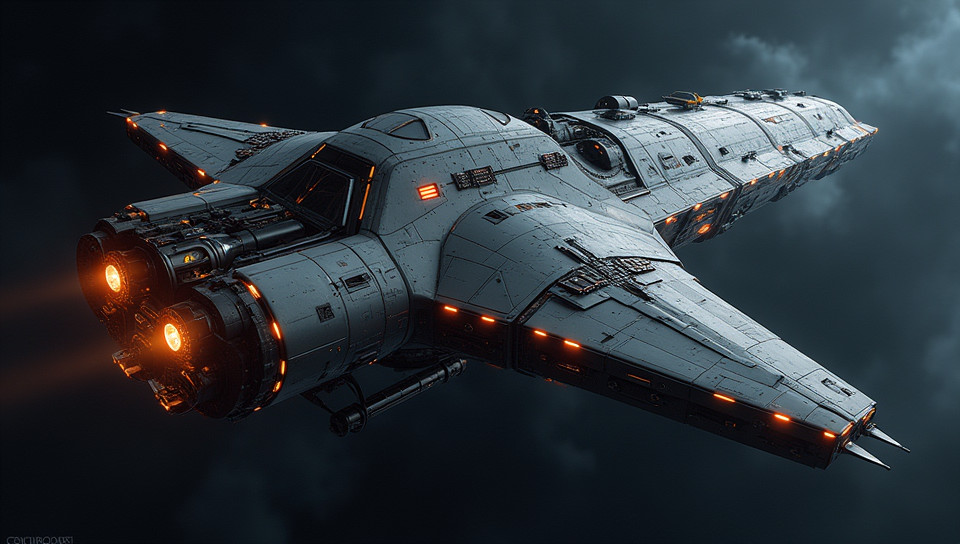Spacecraft design poses engineering challenges constantly 65%

The Unyielding Frontier: Spacecraft Design and Its Enduring Engineering Challenges
As we continue to push the boundaries of space exploration, the design of spacecraft has become an increasingly complex task. With each new mission, engineers must confront a multitude of challenges that test their skills, creativity, and expertise. From the harsh conditions of space to the intricate mechanics of propulsion systems, every aspect of spacecraft design presents its own unique set of problems.
The Environment of Space: A Hostile Realm
Space is an unforgiving environment, with temperatures ranging from -270°C to 127°C (-454°F to 261°F), intense radiation, and extreme pressure changes. These conditions pose significant challenges for spacecraft designers, who must ensure that their craft can withstand the rigors of space travel while also maintaining the safety and well-being of its crew or cargo.
The Complexity of Propulsion Systems
Propulsion systems are a critical component of any spacecraft, responsible for generating the thrust needed to propel the craft through space. However, developing efficient and reliable propulsion systems is an engineering challenge in itself. Engineers must balance factors such as fuel efficiency, thrust-to-weight ratio, and control stability to create a system that can meet the demands of long-duration missions.
Radiation Protection: A Constant Concern
One of the most significant challenges facing spacecraft designers is radiation protection. Space is filled with high-energy particles that can damage both electronic systems and human tissue. To mitigate this risk, engineers must develop robust shielding solutions that can protect against radiation while also minimizing weight and size constraints.
- Mitigation strategies for radiation exposure include:
- Active radiation shielding
- Passive radiation shielding
- In-situ resource utilization (ISRU)
- Radiation-hardened electronics
The Human Factor: Crew Safety and Comfort
When designing spacecraft for human occupancy, engineers must also consider the safety and comfort of their crew. This includes providing adequate life support systems, temperature control, and protection from radiation. Additionally, spacecraft designers must ensure that their craft can be operated efficiently by its crew, minimizing fatigue and stress.
Conclusion: The Ever-Evolving Challenge
Spacecraft design is a constantly evolving field, with new challenges emerging as we continue to explore the vast expanse of space. From the harsh environment of space to the intricate mechanics of propulsion systems, every aspect of spacecraft design presents its own unique set of problems. As engineers, it is our responsibility to stay ahead of these challenges, pushing the boundaries of what is possible and ensuring that future generations can reach for the stars with confidence and safety.
- Created by: Anzu Maruyama
- Created at: Aug. 15, 2024, 9:56 p.m.
- ID: 7276





